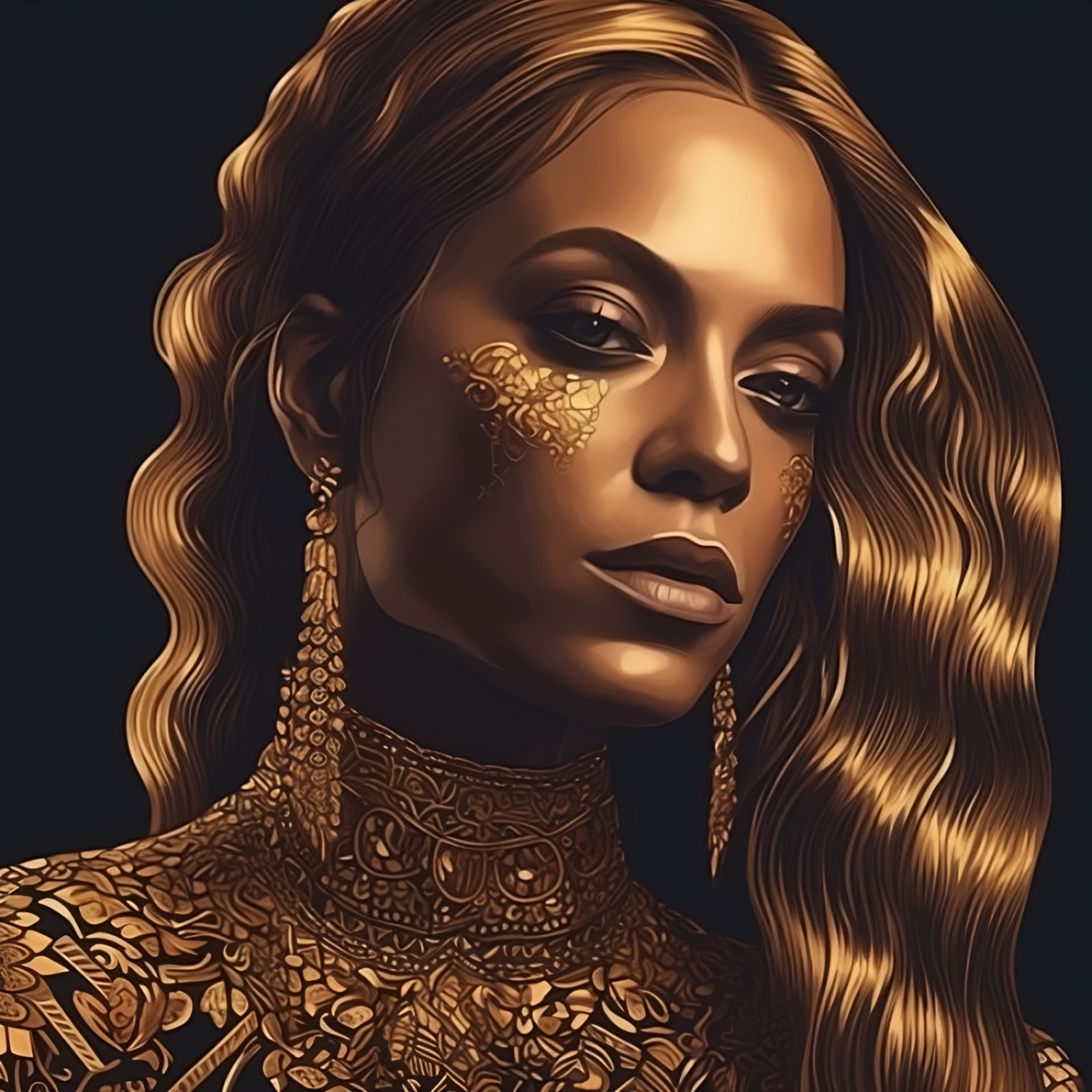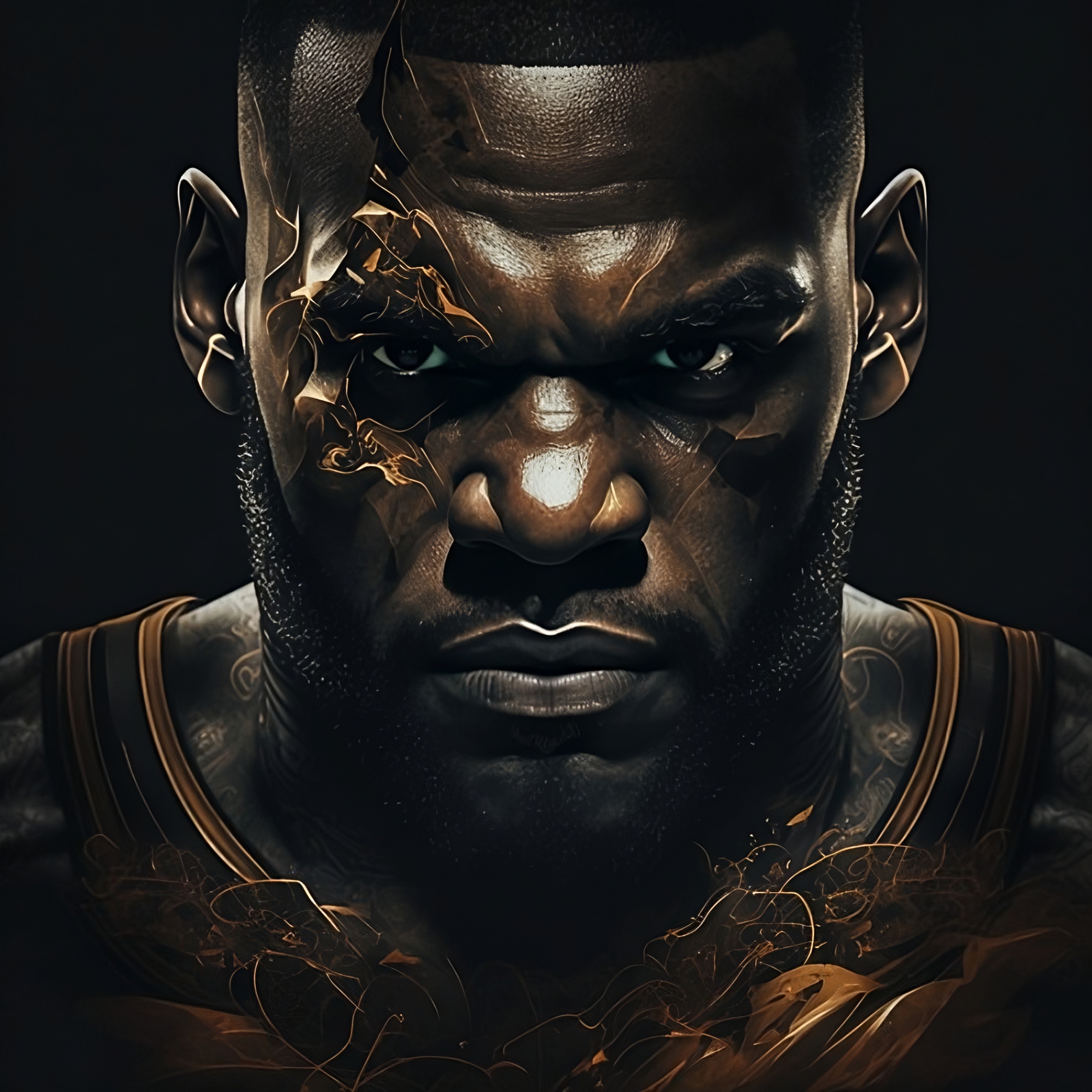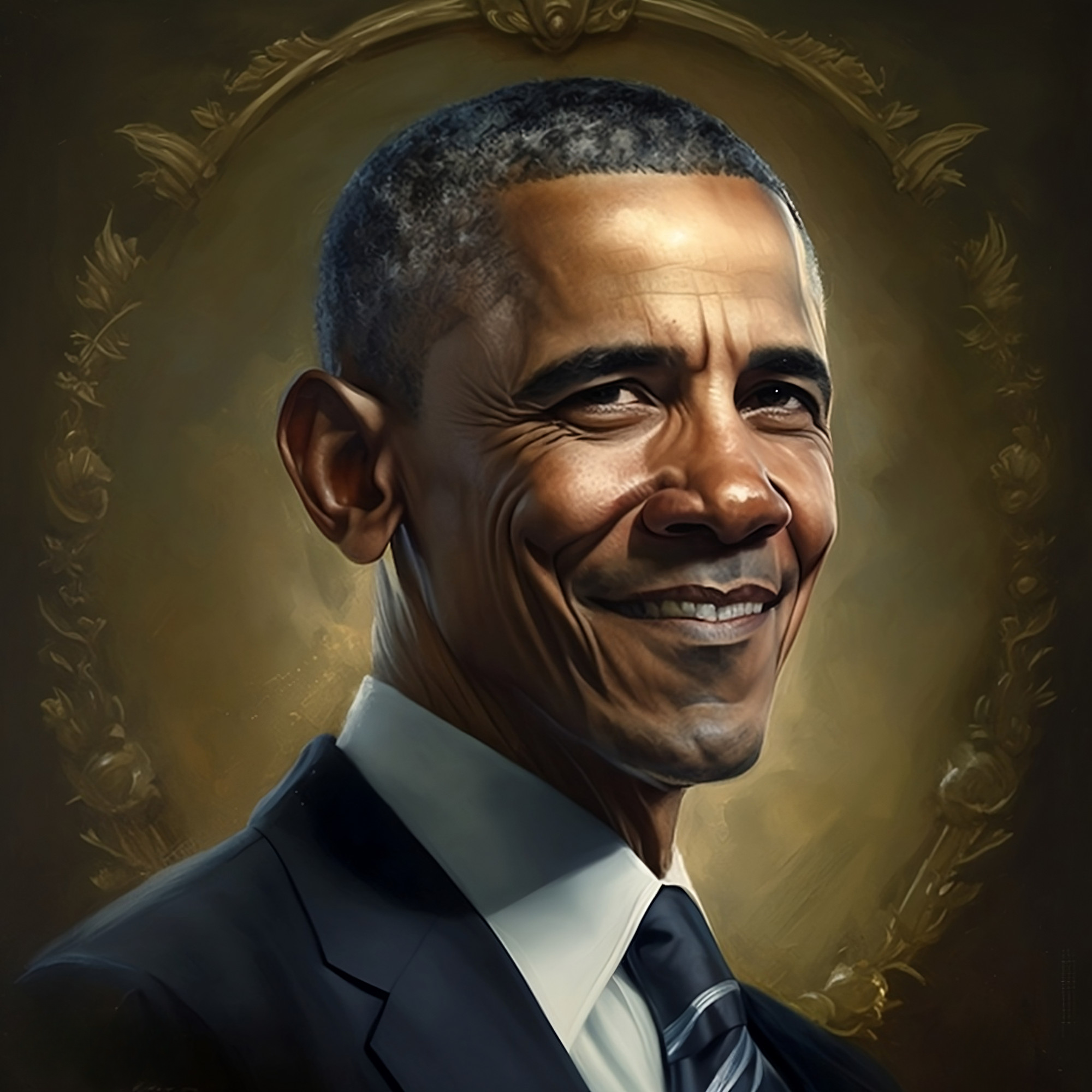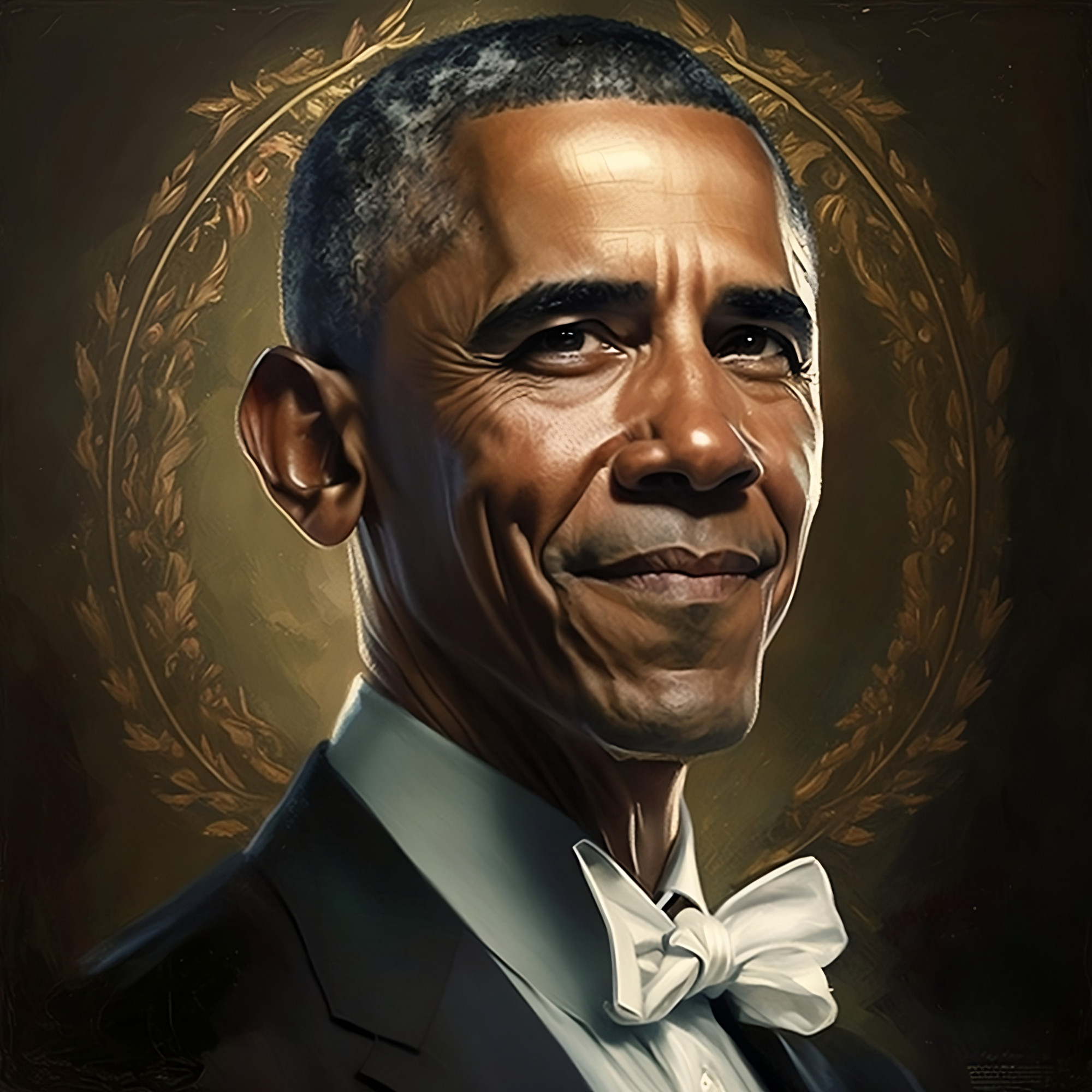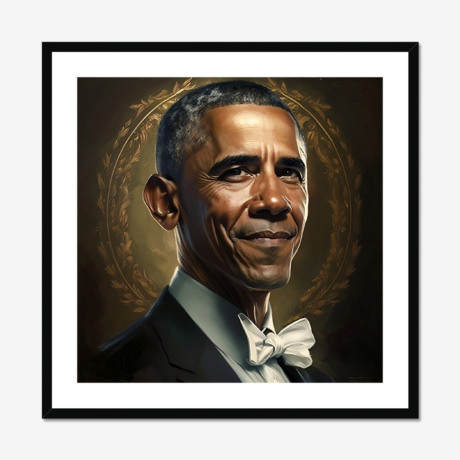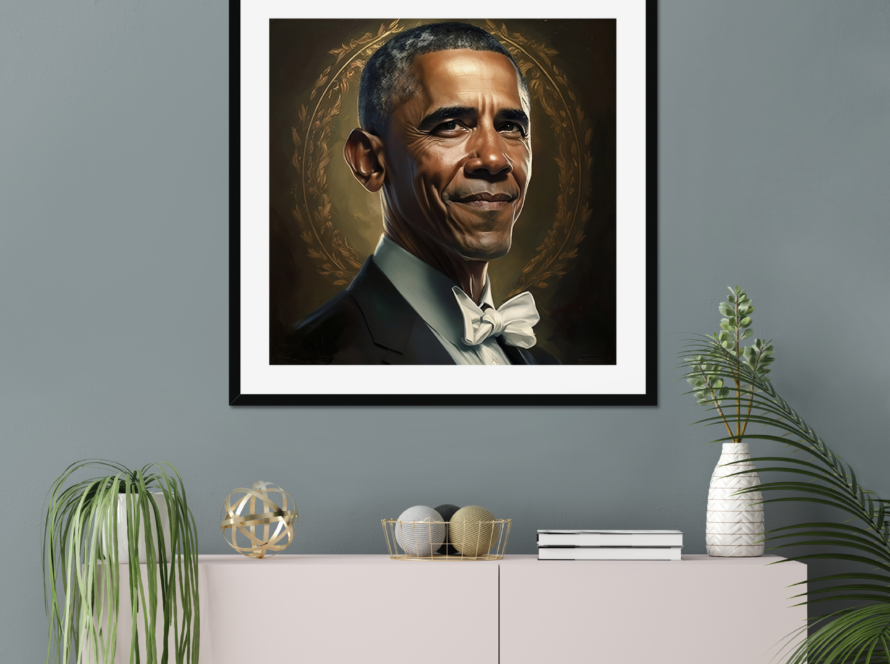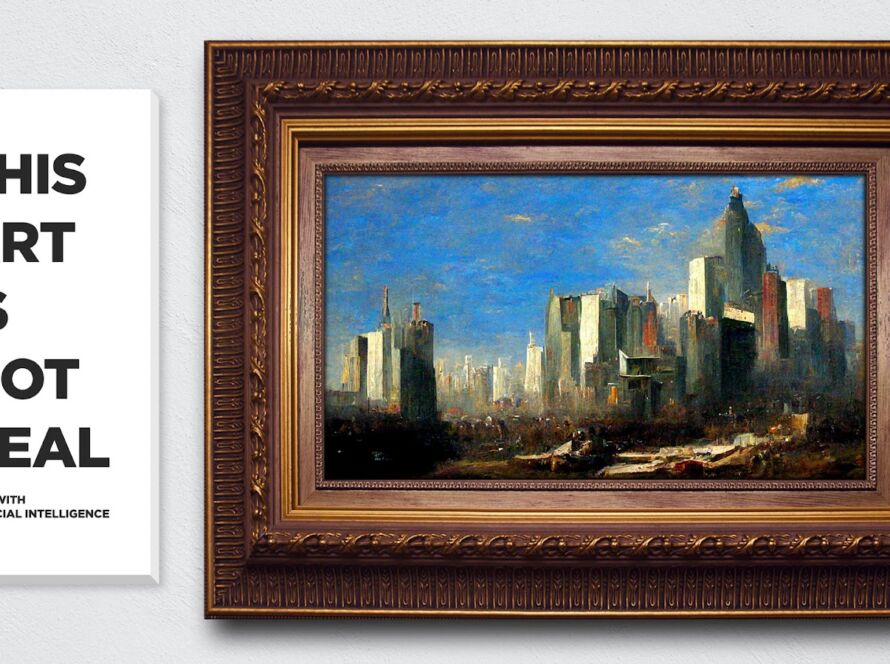Introduction: AI Art, A New Epoch in Artistic Expression
Art, in its myriad forms, has been the heartbeat of human civilization, the epitome of creativity and expression. In this blog, we explore a revolutionary phenomenon that has been turning heads and raising eyebrows in equal measure: AI Art. As we journey into the heart of the world of AI Art, we shed light on how AI is not just replicating art but creating its own, surpassing traditional brushes and bringing in an epoch-defining shift.
Understanding AI: The Genius Behind the Canvas
Artificial Intelligence (AI), in its simplest terms, is a branch of computer science that enables machines to mimic human intelligence. However, the breadth and depth of AI stretch beyond this elementary definition. AI has seeped into various domains, from healthcare to finance, and even our homes. Among these burgeoning fields, one that stands out in its novelty and impact is the world of AI Art.
AI has taken the reins of the artistic process, creating a new form of artistic expression. With tools such as AI prints and AI art generators from photos, AI is creating a stir in the art community. The question of whether AI can truly create art has been discussed in our blog post, “Is AI the New Michelangelo? An In-depth Look at AI Canvas Prints”, where we dive deeper into this intriguing topic.
-
LeBron James
Art Prints $160.00 – $200.00Buy now This product has multiple variants. The options may be chosen on the product page -
US President 44
Art Prints $160.00 – $200.00Buy now This product has multiple variants. The options may be chosen on the product page -
US President
Art Prints $160.00 – $200.00Buy now This product has multiple variants. The options may be chosen on the product page
The Evolution of AI Art: Brushes to Bytes
The inception of AI Art traces back to the mid-20th century with the advent of computational art. However, it wasn’t until the last decade that AI Art truly came into its own. This coincided with significant leaps in technology and the development of deep learning and neural networks, which equipped machines with an unprecedented level of ‘creativity’.
The evolution of AI Art is a fascinating saga, a journey from rudimentary patterns to intricate portraits. AI Art isn’t merely a recreation of existing artwork; instead, it’s about generating new and unique pieces, which couldn’t have been conceptualized by the human mind. We have explored this evolutionary journey in detail in our blog post, “Turning AI Pixels Into Art: The Unseen Process”.
One of the major milestones in AI Art came in 2018, with the sale of “Portrait of Edmond de Belamy,” created by a Generative Adversarial Network (GAN), at Christie’s for a whopping $432,500. This highlighted the world’s acceptance and intrigue for AI Art, marking a new dawn for artists and art enthusiasts alike.
In the span of just a few years, AI Art has grown from a fringe concept into a significant player in the art industry. AI Art has not just entered the art arena; it has disrupted it, challenging conventions, and redefining the boundaries of creativity.
As we move forward, we need to appreciate the nuances and implications of this transition. The rise of AI Art could be seen as a game-changer, but we must also ponder the ethical, societal, and artistic impacts of this shift. Our exploration into AI Art continues in subsequent sections of our blog, where we delve into the technologies behind AI Art and its role as a game-changer. Stay tuned as we journey beyond the brushes and into the heart of AI’s artistic genius.
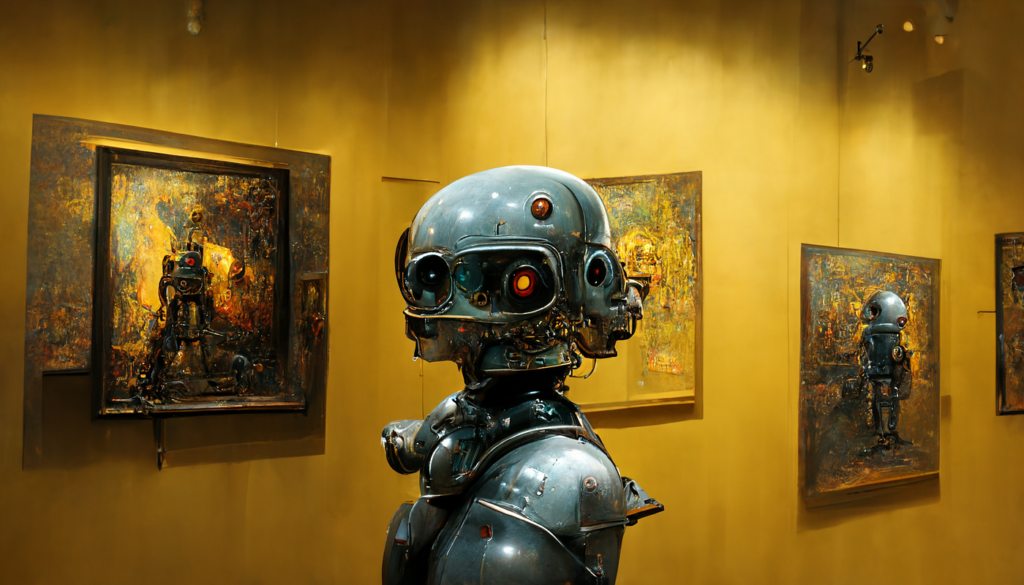
Technological Aspects of AI Art: The Canvas Meets Code
AI’s foray into the world of art is powered by an array of technologies. Generative Adversarial Networks (GANs) and Deep Learning are the cornerstone of this technological transition from brushes to algorithms.
GANs involve two AI models, the generator and the discriminator, working in tandem to create new, original content. The generator creates a piece of art, and the discriminator critiques it, in a cycle that continues until the art meets a certain quality threshold. This unique technology, in essence, encapsulates the traditional artist-critic relationship within an AI framework.
Deep Learning, on the other hand, uses neural networks with several hidden layers to teach computers to perform tasks that humans find intuitive, such as recognizing patterns or understanding language. In the context of AI Art, deep learning helps machines ‘understand’ the aesthetics, styles, and techniques of different artworks, and then generate novel pieces that are visually cohesive and aesthetically pleasing.
Numerous AI Art platforms are leveraging these technologies to enable AI Art generation from photos, turning everyday images into striking works of art. Our article, “How AI Art Generation Is Empowering Today’s Artists”, offers a deeper exploration of these technologies and their application in today’s art scene.
AI Art as a Game-changer: A New Brushstroke in the Artistic Landscape
Art has always been a testament to the human spirit, a mirror reflecting our society, and a canvas depicting our collective experiences. Yet, with the advent of AI Art, this definition is evolving. AI Art has begun to challenge the traditional art industry and its deeply entrenched norms, making it a bona fide game-changer.
AI Art is transforming the art industry in three fundamental ways. Firstly, it is democratizing art creation. With AI, one does not need formal artistic training to create art. AI tools such as AI Art generators can convert any photo into a piece of art, making art creation accessible to everyone.
Secondly, AI Art is expanding the horizons of creativity. AI’s ability to churn out novel patterns and shapes that might not occur to the human mind is unleashing a new wave of creativity. Artists can now collaborate with AI to produce hybrid works of art, as discussed in our article, “The Dawn of AI Artists: Can Machines Create Art?”.
Finally, AI Art is revolutionizing the commercial aspects of the art industry. AI prints are not bound by the physical constraints of traditional art, meaning they can be replicated without any loss in quality. This paves the way for a broader distribution of artwork, making art more affordable and accessible.
As we venture deeper into the realm of AI Art, it becomes clear that the lines between technology and art are not just blurring, they’re merging. AI Art is a potent symbol of this union, rewriting the rules of artistry and challenging our conceptions of creativity.
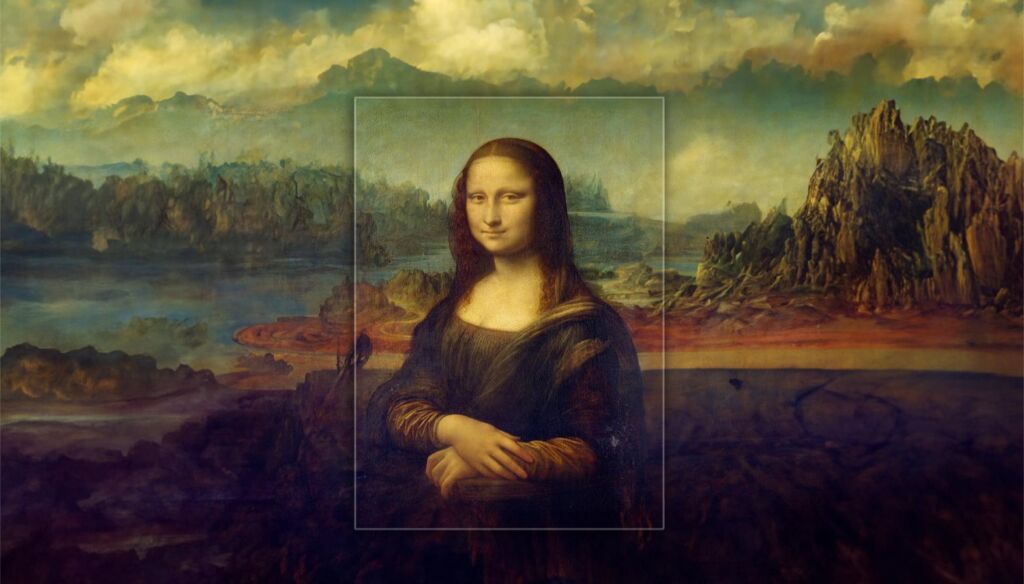
Ethical and Societal Implications of AI Art: The Canvas of Controversy
As the brush of AI colors the canvas of the art industry, it inevitably stirs a whirlpool of ethical and societal implications. The emergence of AI Art has raised fundamental questions about authorship, copyright, and the nature of creativity itself.
In the realm of authorship and copyright, AI Art opens a Pandora’s box. Who owns the art created by an AI? Is it the developer of the AI, the operator who inputs the data, or does the art belong to the AI itself? These questions have profound implications for the legal and commercial aspects of art, and need to be carefully considered. For a more in-depth analysis of this topic, our blog post, “The Pros and Cons of AI Canvas Prints: An Objective Analysis”, provides valuable insights.
From a societal standpoint, AI Art has the potential to democratize access to art. By enabling AI Art generation from photos, the barriers to entry in art creation are significantly lowered. This technology allows anyone with access to a smartphone to create and share their own artwork, leading to a democratization of the creative process.
However, as with all technological advancements, there is also a potential downside. As AI becomes more integrated into the art world, there is a risk of overshadowing human artists and devaluing their skills. We delve into this concern in our post, “AI Overload: Are We Losing the Human Touch in Art?”.
Critics’ Perspective on AI Art: Authenticity Amid Algorithms
Despite the undeniable impact of AI Art, it has not been without its critics. A primary contention is the question of authenticity. Critics argue that since AI lacks human experiences, emotions, and consciousness, it cannot create ‘authentic’ art. To them, AI Art is merely an imitation of the styles it has been trained on, without understanding the meaning or emotion behind the work.
Furthermore, there are debates around whether AI can be truly creative. Can AI, a product of algorithms and computations, really compare to the intricate depths of human imagination? Isn’t creativity inherently human? These questions challenge the very premise of AI Art and fuel the ongoing debates in the art world.
While these critiques are noteworthy, they don’t necessarily diminish the value and potential of AI Art. Rather, they spark important discussions around the nature of art and creativity in the age of AI. It’s critical to address these concerns while celebrating the innovations brought about by AI Art.
As we steer into the uncharted waters of AI Art, we must tread with curiosity and caution, balancing the embrace of innovation with a mindful contemplation of its implications. AI Art is undoubtedly a game-changer, but as with all game-changers, it has its share of challenges and controversies. A future where AI and human artists coexist and collaborate is exciting, but navigating this new landscape will require careful thought and dialogue.
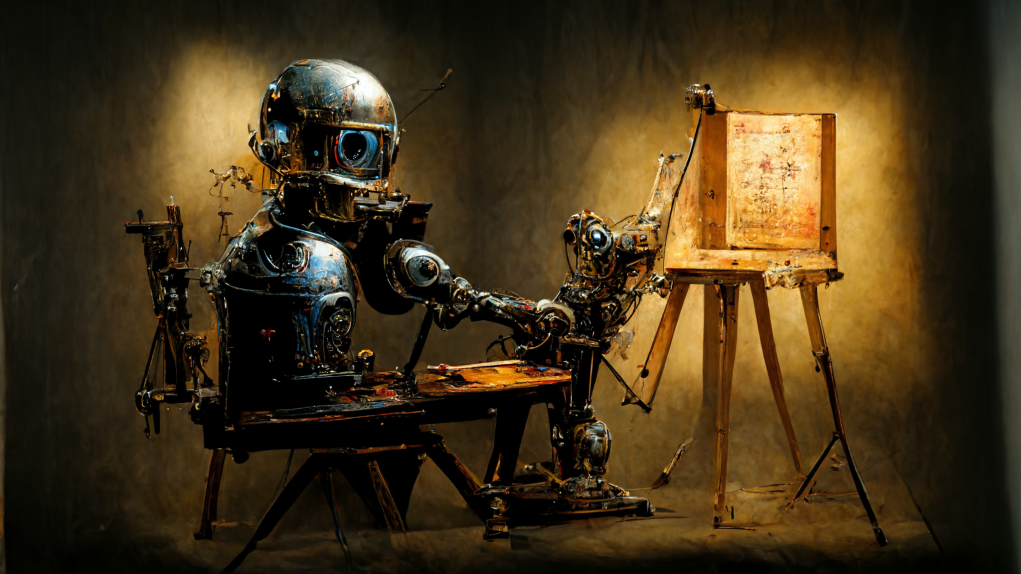
The Future of AI Art: A Brush With the Beyond
As we paint a picture of the future of AI Art, the canvas brims with tantalizing potential and novel challenges. It’s clear that AI has etched a permanent place in the art world, but what will its role look like as we move forward?
For one, AI is likely to become an increasingly integral part of the creative process. Artists might use AI as a tool to generate ideas or execute parts of their work, ushering in a new era of human-machine collaboration. This could unlock unexplored avenues of creativity, as AI introduces artists to styles and techniques that they wouldn’t have conceived on their own.
From a commercial standpoint, the future of AI Art is bright. As AI technology becomes more advanced and accessible, we may see an explosion in the production and sale of AI prints. This would open up new revenue streams for artists and make art more accessible to a wider audience.
However, the future also holds significant challenges. As AI becomes a more prominent player in the art world, there will be an increasing need to address the ethical and legal issues it raises. Establishing a clear framework for copyright and ownership of AI Art will be crucial.
Moreover, there will always be a need to maintain a human touch in art. As we continue to integrate AI into the creative process, we must ensure that it enhances rather than replaces human creativity. Our article, “The Future of Art Galleries: AI Generated Art”, provides a thought-provoking perspective on the balance between AI and human creativity.
Conclusion: AI Art, Changing the Game, One Pixel at a Time
In conclusion, AI Art is undoubtedly a game-changer in the art world. It is rewriting the rules of the artistic landscape, breaking down barriers, and democratizing creativity. With AI, the boundaries of what is considered possible in art are constantly expanding.
However, with every stroke of the AI brush, new questions and challenges arise. The ethical, legal, and societal implications of AI Art are as complex as they are significant, and demand our attention and consideration.
AI Art holds a mirror up to society, reflecting our advancements in technology and their impact on our culture and values. It’s an exciting, controversial, and transformative force that is only beginning to show its potential. As we delve further into the world of AI Art, let’s celebrate its innovative spirit while carefully considering its implications.
As we venture beyond brushes, let’s ensure that our journey into the AI Art era is marked by curiosity, creativity, and a thoughtful exploration of the impact of this powerful new player in the art world. This will ensure that AI Art continues to be a game-changer, reshaping the artistic landscape in ways that inspire, challenge, and ultimately enrich us all.
For further study and discussion on the impact and potential of AI Art, feel free to explore our comprehensive coverage on AI to the Rescue: Solving the Art World’s Biggest Problems and Dazzling or Dystopian? The Controversy Over AI Art.
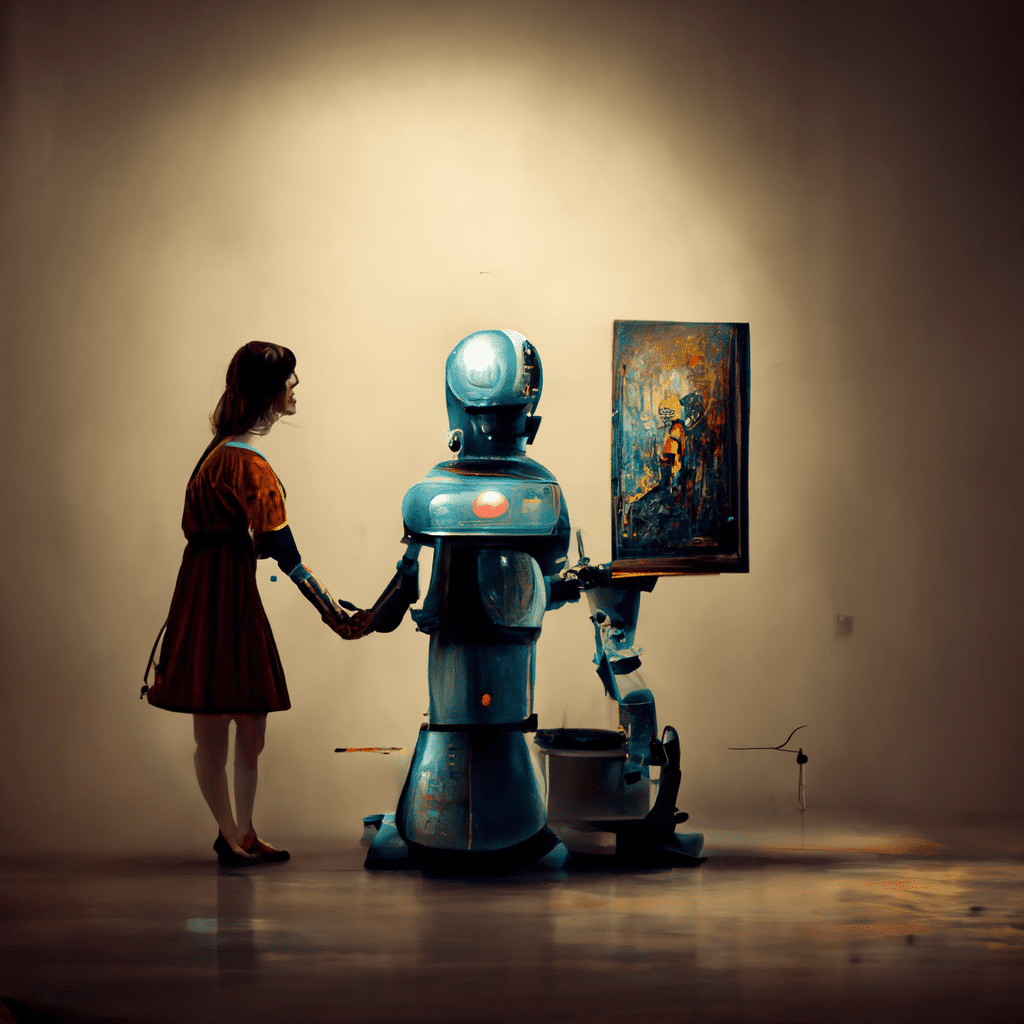
How is AI changing the art world?
AI is revolutionizing the art world by democratizing art creation, expanding the boundaries of creativity, and transforming the commercial aspects of art. AI Art is redefining notions of creativity and authorship, challenging traditional methods and opening up new possibilities for artists and art enthusiasts.
How has AI influenced art?
AI has influenced art by introducing new techniques and methods of creation. It has facilitated the development of novel forms and styles, and offered a fresh lens through which to explore and interpret artistic expression. Furthermore, AI has broadened the audience for art by making it more accessible and affordable.
How did AI art become popular?
AI art became popular with advancements in technology, specifically in machine learning and neural networks, that enabled AI to generate unique pieces of art. Its popularity surged when a piece of AI Art was auctioned at Christie's for a substantial amount, indicating the art world's acceptance and intrigue for this new form of art.
Will AI art replace traditional art?
While AI Art is reshaping the art landscape, it is not expected to replace traditional art. Rather, it is adding a new dimension to the art world, allowing for a fusion of traditional techniques and AI-powered creativity. AI can serve as a tool for artists, opening up new avenues for artistic exploration and collaboration.
Why is AI art so cool?
AI Art is considered 'cool' because of its novelty and the innovative technology behind it. It challenges traditional art norms, and the unpredictability of the AI's creative process often leads to unexpected and intriguing results. The ability to turn any photo into a unique piece of art using AI also adds to its cool factor.
Will AI-generated art be the future of all art?
AI-generated art is expected to play a significant role in the future of art. It's likely to be integrated more deeply into the creative process, and the production and sale of AI prints may increase. However, the human touch in art and human creativity is irreplaceable and will continue to be a crucial part of the art world.
